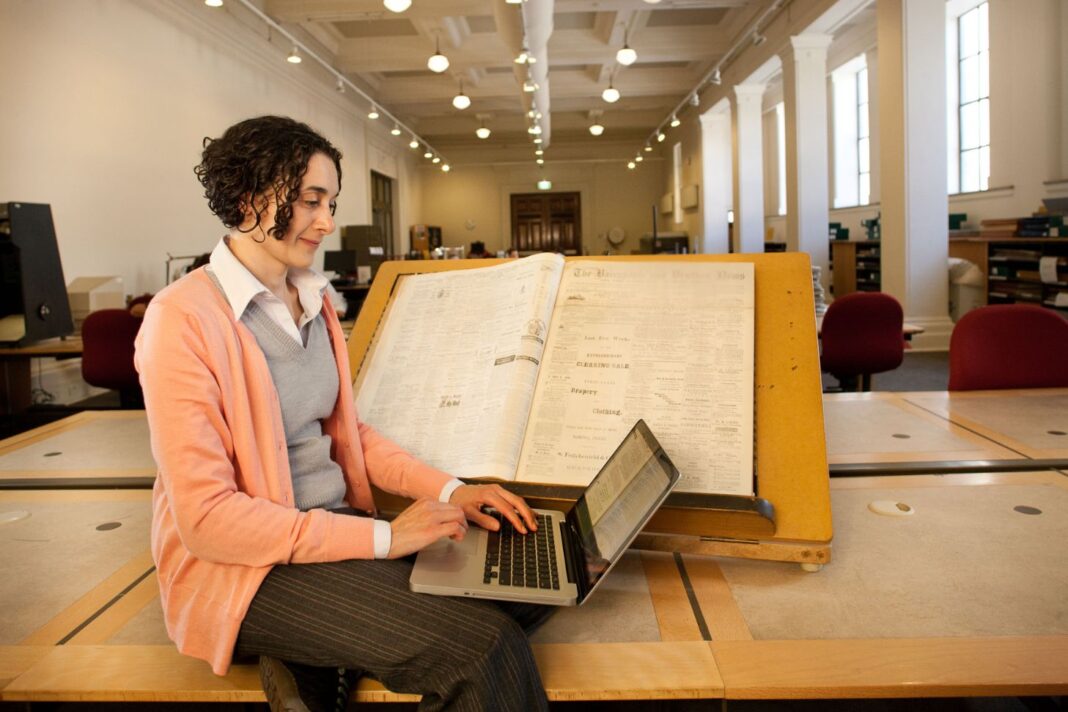The Australian National University (ANU) are calling on citizen scientists to help collate Australia’s longest daily weather record, starting back in 1838.
Volunteers will view and digitise weather observations dating back to the 1840s which have never been used in climate research before.
Lead researcher Dr Joëlle Gergis said the daily record would help give a good indication of Southern Australia’s past climate.
“Recently, we discovered 170-year-old weather journals taken at the Adelaide Surveyor General’s Office that will complete an eight-year gap to create Australia’s longest daily weather record,” she said.
“Historical weather records like these can give us an accurate picture of the range of climate extremes experienced in the past. This can help improve climate risk assessment needed for future climate change planning and adaptation.
“The journals are some of the oldest weather records in the Southern Hemisphere.”
The first data sets will be taken from Adelaide, with further data being collated for Perth later in the year.
ANU citizen science project manager for Climate History Australia, Caitlin Howlett, said observations from 1 April 1843 until 1 December 1856 will help to fill a gap in Adelaide’s daily record from 1848 to 1856.
“The variables that volunteers will be working on include instrumental observations of temperature, air pressure, cloud type and wind. And they could include unknown details of Australia’s social and climate history – such as snowfalls, floods, droughts, heatwaves or bushfires,” she said.
“We’re keen to get a local Canberra effort behind the project, given that we’ve launched it from the ANU.
“This citizen science project provides an interesting and important task for anyone who might be spending more time at home. I’d encourage Canberrans to get involved in this great citizen science project.”
The digitised results will be added to global data sets and made available to researchers looking at Australia’s climate changes from pre-industrial times.
To get involved, residents are encouraged to view more information about the project online.



